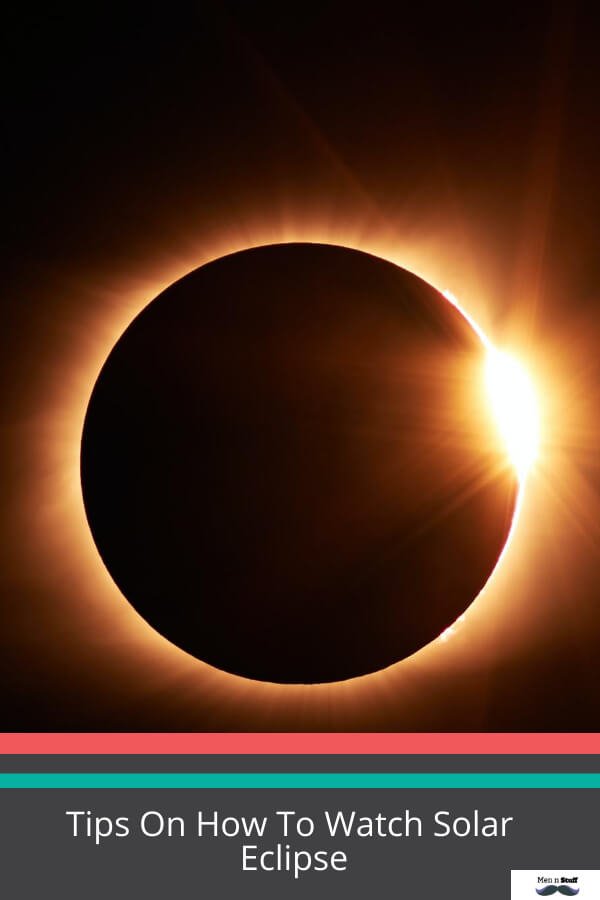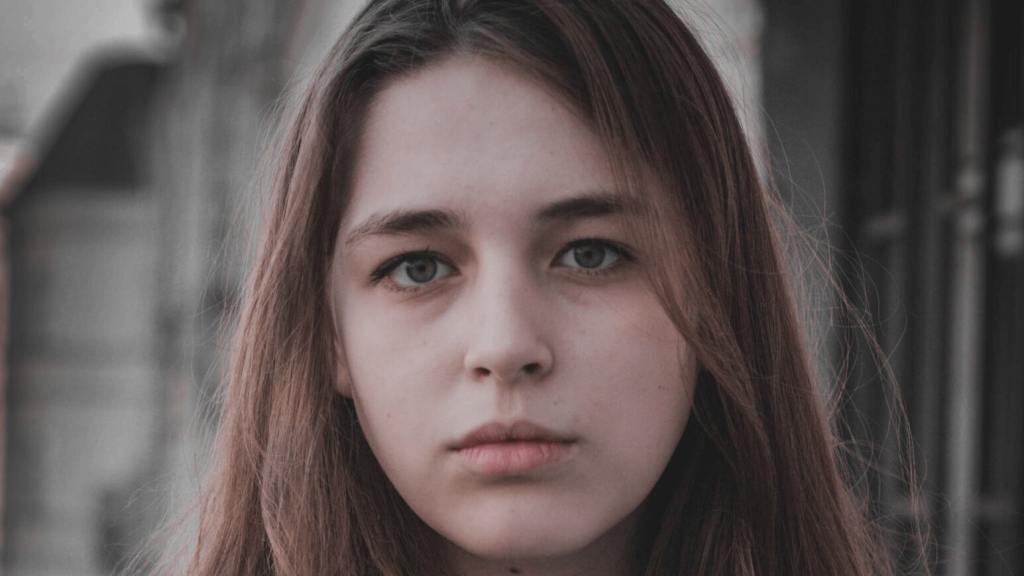It is not safe to look directly at the sun during a solar eclipse, even for a brief moment. The sun’s ultraviolet (UV) rays can damage your eyes and cause blindness. The only safe way to watch a solar eclipse is to use special-purpose eclipse glasses or a handheld solar viewer.

Is It Safe To Watch Solar Eclipse?
Experiencing the celestial spectacle of a solar eclipse can be a remarkable event. However, safety during this natural phenomenon is a crucial aspect that one should not overlook. This listicle explores the safety measures associated with watching a solar eclipse.
1. Eye Protection Usage:
Viewing a solar eclipse without suitable eye protection can cause severe and potentially long-lasting harm to the eyes. It is crucial to use specially designed solar viewing or eclipse glasses. Standard sunglasses, regardless of their dark shade or UV protection level, are not sufficient.
2. Certified Eclipse Glasses:
Not all glasses are made equal. When one plans to watch a solar eclipse, it is critical to use eclipse glasses that meet the ISO 12312-2 international safety standard. Other uncertified alternatives might not provide a satisfactory level of protection.
3. Direct Observation:
Directly looking at the sun during a solar eclipse can lead to a condition called solar retinopathy. Solar retinopathy is the damage caused to the retina by harmful solar radiation. So, direct observation without appropriate protection should always be avoided.
| Problem | Solution |
|---|---|
| Eye Damage | Use specialized eye protection |
| Uncertified Glasses | Always opt for certified eclipse glasses |
| Direct Observation | Avoid observing without proper eye protection |
4. Avoid Unsafe Filters:
Materials such as smoked glass, polarizing filters, gelatin filters, camera filters, and computer floppy disks are unsafe for watching solar eclipses. They allow ample harmful solar radiation to reach your eyes and cause damage.
5. Brief Viewing Periods:
Even with appropriate supplied protection, one should limit their viewing duration. Extended durations can lead to eye strain and potentially cause eye damage. Regular breaks should be taken during the viewing process.
6. Indirect Observation:
An alternative to direct observation is indirect observation. This can be accomplished through pinhole projection or viewing on a screen or a wall. It’s a safe and effective way of witnessing a solar eclipse.
7. Guidance for Children:
Children should be given explicit instructions about the dangers of looking at the sun directly. They should always be under the supervision of an adult when watching a solar eclipse.
In conclusion, while solar eclipses can be awe-inspiring, they can also pose serious risks if not viewed appropriately. Eyesight is a precious gift, and proper precautions should be taken to safeguard it. So before witnessing the next solar eclipse, ensure you’re equipped with the necessary protection and knowledge to enjoy this celestial event safely.
Tips On How To Watch Solar Eclipse
Watching a solar eclipse is a fascinating celestial event, but it must be done safely to protect your eyes. Here are tips on how to watch a solar eclipse:
- Safety First:
- Never look directly at the sun without proper eye protection during any phase of a partial solar eclipse. Doing so can cause severe eye damage, including permanent blindness.
- Use Eclipse Glasses:
- Invest in certified eclipse glasses with ISO 12312-2 certification. These glasses block harmful solar radiation, allowing you to safely observe the eclipse.
- Ensure that the glasses are not damaged or scratched.
- DIY Pinhole Projector:
- Create a pinhole projector using two sheets of cardboard or paper. Make a small hole in one and let the sunlight pass through it onto the other sheet. Watch the eclipse’s image form on the second sheet.
- Telescope or Binoculars:
- If using a telescope or binoculars, ensure they have solar filters specifically designed for eclipse viewing.
- Never look through these devices without the proper filters.
- Livestreams and Online Coverage:
- If you don’t have access to safe viewing equipment, consider watching the eclipse via livestream or online coverage. Many space agencies and observatories provide live broadcasts.
- Travel Safely:
- If you plan to travel to see a total solar eclipse, ensure you have proper eye protection and accommodations well in advance.
- Choose a Safe Location:
- Find a suitable viewing location away from city lights and obstructions, where you can have an unobstructed view of the sun.
- Arrive Early:
- Arrive at your chosen location well in advance to set up your viewing equipment and be ready for the eclipse.
- Be Mindful of Children:
- Supervise children closely to ensure they do not look at the sun without proper protection.
- Duration and Timing:
- Solar eclipses can vary in duration and timing, so be aware of when the eclipse will occur in your location.
- Stay Informed:
- Check weather forecasts to ensure clear skies for viewing. Cloud cover can obstruct your view of the eclipse.
- Enjoy the Experience:
- Take time to soak in the awe-inspiring experience of a solar eclipse. It’s a rare and beautiful natural phenomenon.
Lunar Eclipse
Lunar Eclipse occurs when the Earth comes in between the Moon and the Sun, or when the Moon moves into the Earth’s shadow. It happens only when the Sun, Moon, and Earth are aligned very closely. Its appearance is like a traditional copper during Lunar Eclipse. During the eclipse, the Moon’s color is due to the red light refracted through Earth’s atmosphere from sunlight. Going out during the Lunar Eclipse is entirely safe to view.
Total Lunar Eclipse
A total Lunar Eclipse is also called a blood moon because of its red color, but the blood moon term is not scientifically defined. A total Lunar eclipse is caused when the Earth blocks the sunlight ultimately reaching the Moon. A lunar eclipse is safe to view without any required eye protection.
Solar Eclipse
Solar Eclipse occurs when all three planets, Earth, Moon, and the Sun, are in a line, and the Moon is in between the other two. Moon caste shadow that blocks some of the Sun’s light from reaching the surface of the Earth. It is the same as a cloud or tree blocking the sunlight coming to you. It is the reflected light that is dangerous to the eyes when someone looks at the Sun directly.
Total Solar Eclipse
Total Solar Eclipses are rare. During total solar eclipses, the Moon’s shadow blocks all the visible and ultraviolet rays of the Sun. So it is safe to look at the Sun during the Solar eclipse, which looks like a black hole. It is the time when one can see the Sun’s corona with the naked eye. Due to the reflected light, the surrounding atmosphere will not be completely dark.
It takes a few minutes for the eclipse to last, and the Moon’s shadow will move aside, allowing the Sun’s rays to be visible again. At this point, it is dangerous to look at the Sun. Even a narrow crescent of the Sun will damage the lens or retina of your eyes as it has enough ultraviolet rays.
Whether there is an eclipse or not, wearing sunglasses cannot protect your eyes from damage due to invisible ultraviolet rays. One effect of Solar Eclipses is that it marks a decrease in overall sunlight in the region.
Why Is The Time Duration of Lunar Eclipse Longer Than The Solar Eclipse?
In the Lunar and Solar Eclipses, the distance between the Moon and Earth is almost the same. During Solar Eclipse, the Moon’s shadow falls on the Earth’s surface, and takes a little duration of time for the Moon’s shadow of small width to pass through a specific location on the Earth.
During Lunar Eclipse, the Earth’s shadow is bigger than the Moon. Hence, it takes a longer time duration for the Moon to appear out of the shadow.
Why People Avoid Stepping Out During Eclipse?
The moon blocks some sunlight during a solar eclipse, i.e., The Moon comes between the Sun and the Earth. The sun is not bright and is shaded, so it gives less UV damage or sunburns. In contrast, during the lunar eclipse, the Moon moves into Earth’s shadow, passing behind it relative to the Sun.
During the eclipse, it is possible to look at the sun directly. It does not cause much discomfort to the eyes. Sunrays carry harmful rays, like UV Rays and X-rays, etc., which cause harm to your eyes. However, looking directly at the sun can result in damage to the eyes without you noticing it.
During partial Solar Eclipse, people often look at the Sun directly as there is less visible light. However, the invisible ultraviolet rays exist even if there is a partial eclipse. Hence, looking at it directly will damage your eyes.
Stepping outside and looking at the eclipses is encouraged because eclipses are rare, and people enjoy the dramatic event.
What Are The Effects Of Solar Eclipse On Eyes?
Solar Eclipse can affect your eyes if you don’t use proper eye protection. It can cause retinal burns or eclipse blindness, also called solar retinopathy. This exposure to the sunlight during an eclipse destroys the retina’s cells or causes damage. The damage can occur without pain and can be permanent or temporary. You can also get a burned spot on your retina permanently. It can also make you blind for life.
It takes a few hours to days to experience the damage that occurred to your eyes during the eclipse. You can also experience short-term pain or eye damage like “arc eyes” when you look at a welding flame.
Symptoms Of Looking At Sun Directly During Solar Eclipse
If you look at the sun directly during the eclipse without using eye protection, you can experience loss of:
1. Distorted vision
2. Vision or Solar Retinopathy
3. Altered Color Vision
In case you experience any of these symptoms, you should seek eye treatment or consult an eye care professional.
Featured Eclipses Worldwide In 2021
The year 2021 will have two solar and two lunar eclipses; the details are shown in the table below.
| SL. No. | Eclipse | Type Of Eclipse | Date |
| 1 | Lunar Eclipse | Total Eclipse | May 26, 2021 |
| 2 | Solar Eclipse | Annular Eclipse | June 10, 2021 |
| 3 | Lunar Eclipse | Partial Eclipse | November 18-19, 2021 |
| 4 | Solar Eclipse | Total Eclipse | December 4, 2021 |
Frequently Asked Questions
Q1. What Is An Eclipse?
Q2. How Can You Differentiate Between Solar And Lunar Eclipse?
Q3. What Are The Three Types Of Solar Eclipses?
Q4. What Are The Expected Effects Of Going Out During A Solar Eclipse?
Q5. When Will Be The Last Solar Eclipse Of 2021?
References:
https://www.nps.gov/articles/eclipsesafety.htm
https://www.nsc.org/community-safety/safety-topics/seasonal-safety/how-to-watch-a-solar-eclipse

